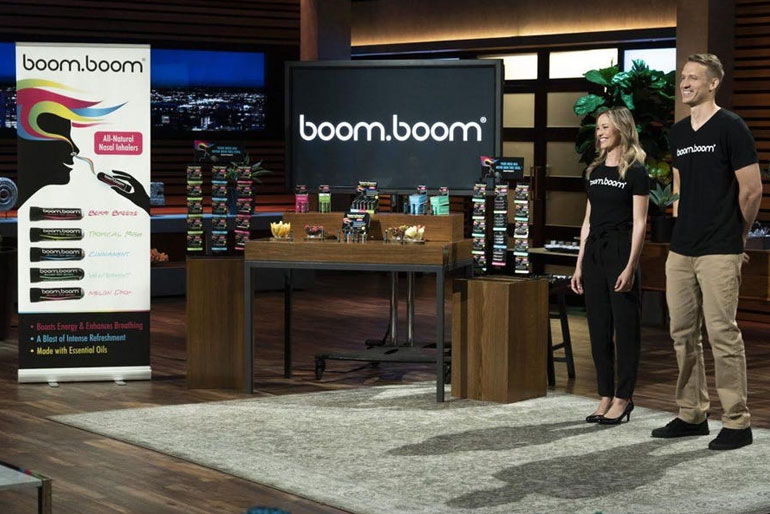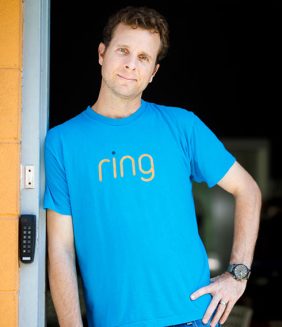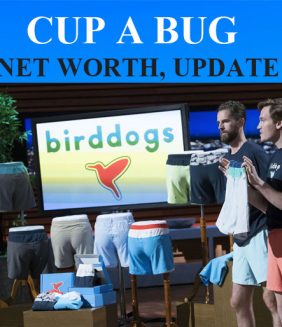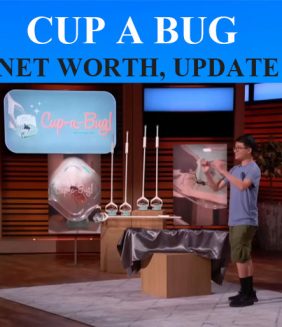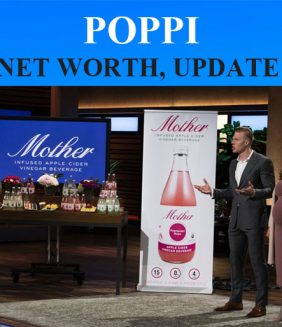Boom Boom’s creators Chelsea and John Pinto believe that a quick whiff can be as refreshing as a cup of coffee. Their palm‑sized aromatherapy inhaler—marketed as a “nose energy drink”—stepped into the spotlight in Season 10 of Shark Tank. While the company walked away without a financial partner, the appearance launched them into thousands of stores and an eight‑figure lifetime sales milestone. Here’s the full story, simplified and jargon‑free.
The spark: a Thai travel discovery
Backpacking through Thailand, Chelsea and John noticed locals constantly reaching for tiny nasal inhalers. Curious, they tried the so‑called “wonder vapors” and instantly felt clearer and more alert. The idea of a portable pick‑me‑up that didn’t rely on sugar or caffeine stuck with them long after the plane ride home. Over the next three years they fine‑tuned their own version, swapping medicinal smells for bright scents and essential oils. The result was Boom Boom—a plastic tube roughly the size of lip balm that’s designed for a quick, invigorating sniff.
What’s inside the tube?
Each inhaler starts with menthol for that bracing cool sensation, then layers on blends like Winter Mint, Berry Breeze, Tropical Rush, Melon Drop, and Cinnamint. Users hold the stick close to one nostril, inhale gently, then repeat on the other side. The immediate effect is a rush of icy air that opens nasal passages and, according to fans, sharpens focus. Because it is not a medicine, the formula avoids active drugs and instead relies on scent to create a mood lift.
Entering the Tank
In episode 1004 the Pintos asked the Sharks for $300,000 in exchange for 10 percent of the business—a $3 million valuation. To prove traction they revealed 2017 revenue of $754,000 and projected $1.1 million for 2018. Roughly half of sales flowed through Amazon and the company’s website; the remainder came from wholesale partners. Production cost per unit sat at about 70 cents, while direct‑to‑consumer pricing was $7.95.
The Sharks liked the aroma but had concerns:
- Kevin O’Leary felt the valuation was inflated.
- Lori Greiner didn’t see habitual use among mainstream customers.
- Guest Shark Charles worried nasal inhalers required a cultural shift.
- Mark Cuban questioned margins, especially in wholesale channels that paid around $1.50 per stick.
- Robert Herjavec offered the requested $300,000 but demanded 36 percent equity—too big a slice for the founders to accept.
With no compromise in sight, Chelsea and John thanked the panel and continued the journey solo.
Life after television
The episode aired, and Boom Boom experienced what every Shark Tank entrepreneur hopes for: a sales surge equivalent to more than three months of normal volume in a single night. By late 2020, the product line had spread to over 6,000 retail locations, including national chains such as Walmart and CVS.
Momentum kept building. By April 2024 the company celebrated $20 million in cumulative sales and opened a crowd‑funding round on Wefunder to support production for 4,000 additional stores. At the time of the campaign the brand already sat on shelves in roughly 13,000 outlets. Annual revenue was estimated at $4–5 million as of May 2025.
Beyond inhalers
Although the pocket stick remains the hero product, Boom Boom has expanded into roll‑on essential oils and lip balm using the same scent philosophy: clean ingredients, bold aromas, and zero stimulants. A three‑pack of inhalers runs $19.95 online—about the same as traditional decongestant inhalers, but with flavors that feel more like chewing gum than cough medicine.
Where to find it
Shoppers can locate Boom Boom in the health and beauty aisle of many big‑box retailers or pharmacies. Those who prefer online ordering can browse the official BoomBoomEnergy.com store or Amazon. Following the brand on social media unlocks occasional discount codes and early access to limited‑edition scents.
Does it really give you energy?
Science says scent can influence perception and mood, yet Boom Boom makes cautious claims. The inhaler will not replace your morning espresso or a solid night’s sleep. What it can do is deliver a brisk cooling sensation and a burst of pleasant fragrance that tricks your brain into feeling refreshed. Think of it as a sensory reset button—handy during a long drive, an afternoon slump, or congested days.
Challenges and outlook
Selling a “sniffable” energizer in the United States comes with hurdles. Many consumers associate things placed under the nose with cold remedies or less wholesome powders. The company must educate buyers that the product is simply aromatherapy in a convenient package. Regulations add another layer of complexity; while essential oils are generally regarded as safe, any suggestion of medical benefit draws scrutiny from agencies like the FDA. So far the founders have stayed clear of pharmaceutical promises and keep their messaging focused on wellness rather than cure claims.
On the supply side, manufacturing remains stateside to ensure quality, even though overseas production could cut costs. That choice protects brand positioning but keeps margins thinner than typical personal‑care items. Whether Boom Boom can scale profitably without raising prices is a question investors will watch closely.
Lessons for entrepreneurs
The story underscores a few timeless principles. First, traction helps convince investors, but clarity on margins matters just as much. Boom Boom had solid top‑line numbers, yet wholesale pricing told a different story, prompting hesitation from the panel.
Second, valuation expectations must align with risk. A consumer product that still needs category education will be judged differently from one riding an existing habit. The Pintos defended their price in the Tank and afterward proved they could keep growing on their own terms, but that choice required grit and patience.
Finally, television exposure is powerful only if you’re ready. The founders had inventory, a functional website, and a fulfillment plan for the inevitable order spike. Companies that scramble after airtime often waste their big moment; Boom Boom converted it into long‑term customers.
Should you add Boom Boom to your bag?
If you like essential oils, minty balms, or anything that wakes up your senses, the inhaler is an inexpensive experiment. Keep expectations realistic—a sniff will not deliver the sustained alertness of a double espresso—but you might find it a handy reset in stuffy conference rooms or on red‑eye flights. The slim tube slips into a pocket without leaking, and the scent fades quickly, so you won’t bother people nearby.
For athletes, travelers, students during finals, and anyone chasing a midday mental lift, it’s worth a shot. Worst case, you’ll clear your sinuses; best case, you’ll feel focused enough to power through the next task.
The road ahead
With retail distribution climbing past the ten‑thousand‑store mark and fresh capital from crowdfunding, Boom Boom is positioned for broader awareness campaigns. If they can convince consumers that smelling good can also feel good—and stay transparent about what the product does and does not do—they have room to grow in the ever‑expanding wellness market.
The next big step could be international expansion into markets where aromatherapy already enjoys mainstream acceptance. Given that the concept was inspired abroad, taking the brand full circle feels fitting.
Boom Boom’s journey, like its product, is a quick jolt of energy: surprising, refreshing, and a reminder that creative thinking can breathe new life into everyday routines.


